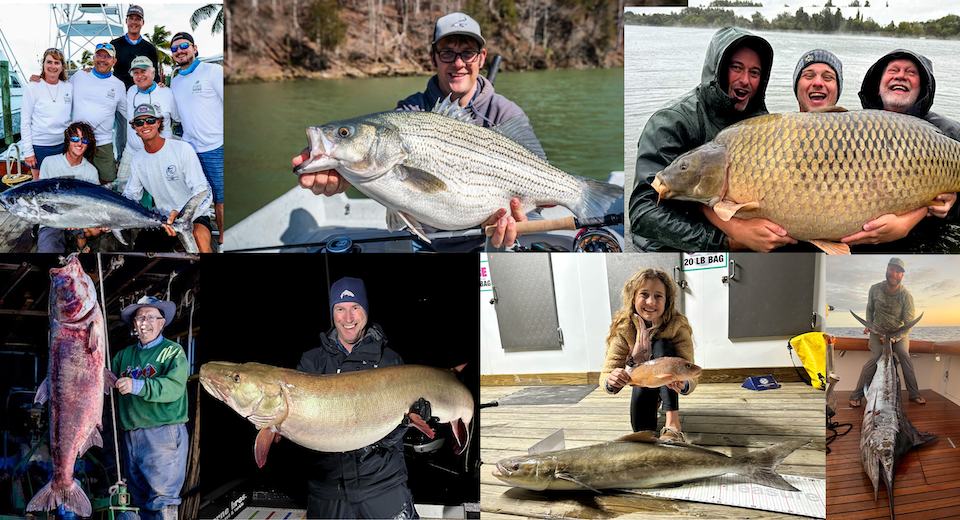Wild pheasant populations have plummeted in New York (as they have in much of the East) over the last few decades, leading the state Department of Environmental Conservation to stock thousands of pen-raised birds each year. These pen-raised pheasants are not meant to bolster wild bird numbers but simply to give bird hunters in New York an opportunity to chase roosters on public lands.
But now some state legislators are aiming to end that stocking program under the argument that raising birds and then releasing them for hunters to shoot is “state-sponsored cruelty,” as a recent article in the New York Times details.
“It’s absurd, and it makes New York State complicit in the slaughter of animals,” Linda B. Rosenthal, a Democratic Assembly member from Manhattan and the author of an incoming bill that would end the program, told the Times. “There’s no reason the state needs to engage in this practice.”
The article alleges that hunting pen-raised birds isn’t challenging and that many of the released birds are killed by predators or cars. An animal-welfare activist interviewed for the story claims that the pheasants are tame and “want to be held.”
While the Times story paints an unpleasant and unfair picture of a put-and-take pheasant stocking program (for the record I have never seen a pheasant, pen-raised or otherwise, that wanted to be held by a human), it also hits on an unfortunate fact within the upland bird hunting community. In a lot of places, pen-raised pheasants are the only game bird in town. And, these stocking programs have some philosophical flaws that make them easy targets for anti-hunters.
Rooster Realities
According to the New York DEC, pheasants are among the state’s most popular small game animals and approximately 23,000 hunters harvest more than 50,000 pheasants each year. This year the stocking program had a $1.4 million budget that accounted for 65,000 birds — hunting licenses and Pittman-Robertson dollars fund the program, according to the Times.
While there are huntable numbers of wild birds in the western part of the state, the pheasant population overall has declined by 90 percent since the 1970s. This is due almost entirely to habitat loss. There is much less farmland and feral fields and much more forested land these days.
The wild pheasant situation is so bleak that “without propagation and release programs by DEC and private entities, pheasant hunting opportunities would not exist in New York State,” according to the DEC website. (You can read a detailed outline of the program, here.)
There are several states in the East with similar stories. For example, Pennsylvania hunters would regularly harvest more than one million pheasants annually in the early 1970s, according to the PA Game Commission. Today, Pennsylvania hunters harvest about 110,000 (mostly planted) birds each year.
Pen-Raised Pros
The New York DEC makes clear that the stocking program is meant to create hunting opportunities. It states that the program is geared toward kids and new hunters. Any experienced bird hunter should be able to see the value in this.
It’s unrealistic for an aspiring hunter in the East to plan a trip to South Dakota to hunt wild pheasants on public ground. But if they can find a place near home to chase some planted birds and get an idea of what pheasant hunting is like, well, maybe they’ll eventually grow into a dedicated bird hunter one day.
I have a buddy who is traveling down this very path right now. He’s a new hunter living in the Detroit suburbs who has started hunting planted pheasants at a nearby wildlife management area. It took him a couple outings of tagging along with experienced hunters before he ever got a shot at a rooster. He had to be the “dog” and bust brush for the old guys. He had to contend with groups of other hunters on every outing.
But when he finally made a perfect shot on a crossing rooster, he got hooked. I would not be surprised if, after another season or two of chasing pen-raised birds, he’ll want to experience the “real” thing. After that, he’ll probably get a bird dog puppy and join Pheasants Forever. Before too long he’ll have his truck loaded up for rooster road trips out West. In short, he’ll become one of us, thanks to the gateway bird that is a pen-raised pheasant.
Pen-Raised Problems
It’s naive to ignore the fact that there are some serious philosophical flaws with pheasant stocking programs. First, it’s well established that releasing pen-raised birds won’t help improve wild bird populations. The only way to do that reliably is by increasing and improving habitat.
To be fair, these stocking programs aren’t meant to help wild birds —— at least not directly. They are meant to create bird-hunting opportunities. And that’s where we slide into a debate around the ethics of hunting pen-raised birds that’s hard to win with the non-hunting public.
As hunters, we like to explain hunting as a sustainable fair-chase endeavor that manages wild game populations, funds wildlife habitat, and puts healthy meat on the table. If we’re being totally honest, that explanation doesn’t hold up fully when we’re hunting birds that were raised in a pen and then released specifically so that we can shoot them.
Read Next: It’s Time for a Reality Check on South Dakota Pheasant Hunting
Even with our own bird hunting community, folks will argue about whether chasing pen-raised birds is challenging enough to be considered hunting, or whether it’s really just shooting. I’ve hunted both wild birds and pen-raised birds all over the country and can say that it really all depends on the situation. If you were to ask my buddy from Detroit, bagging that one planted rooster on pressured public ground was plenty challenging. I’ve also hunted planted areas without ever firing a shot.
In many places, released birds mix with wild birds (even on public ground), and it’s tough to tell the difference between the two when hunting.
On the flip side, I’ve been on some private outfitted “hunts” for planted birds where the pheasants barely flushed — my Lab ended up catching most of them.
It all comes down to how good the habitat is, how long the birds have been living in that habitat before the hunting starts, and how spooky the birds act in response to hunting pressure.
But those nuances are all but impossible to explain to a non-hunter, especially when the anti-hunting side is alleging state-sponsored slaughter. So it makes sense that anti-hunters and animal welfare folks would come after stocking programs like the one in New York.
Why We’ve Got to Fight to Keep Stocking Programs
It might be easy for a wild pheasant hunter in the Midwest or West to ignore the plight of pen-raised bird hunters in the East. The mission is to put more upland habitat and more wild birds on the landscape. We don’t hunt pen-raised birds, or even if we do, there’s no chance that the practice would ever be banned in our state — so who cares?
The problem with this line of thinking is that it doesn’t acknowledge the reality that we need more hunters and hunting advocates, especially in blue states with large metropolitan areas like New York.
We need pheasant hunters to advocate for and fund upland habitat in order to restore wild bird populations. And it’s impossible to recruit those hunters in places like New York or Pennsylvania if they don’t have any pheasants to hunt.
For an immediate example, look no further than the recently passed Farm Bill extension, which includes defunding the Voluntary Public Access and Habitat Initiative program in 2025 (that’s the Walk-in Access program you know and love).
For a long-term example of eroding hunting opportunities, read our coverage on the anti-hunting infiltration within wildlife commissions.
If New York ends its stocking program, you can bet many of those 23,000 hunters will phase out of pheasant hunting. That likely means fewer conservation funding dollars, fewer PF members, and fewer folks willing to write their senator petitioning for upland habitat conservation and bird hunting access.
You can also bet that metropolitan legislators in other Eastern states will consider similar bills. And ultimately, fewer hunting opportunities for some of us means fewer opportunities for all of us.
Read the full article here





